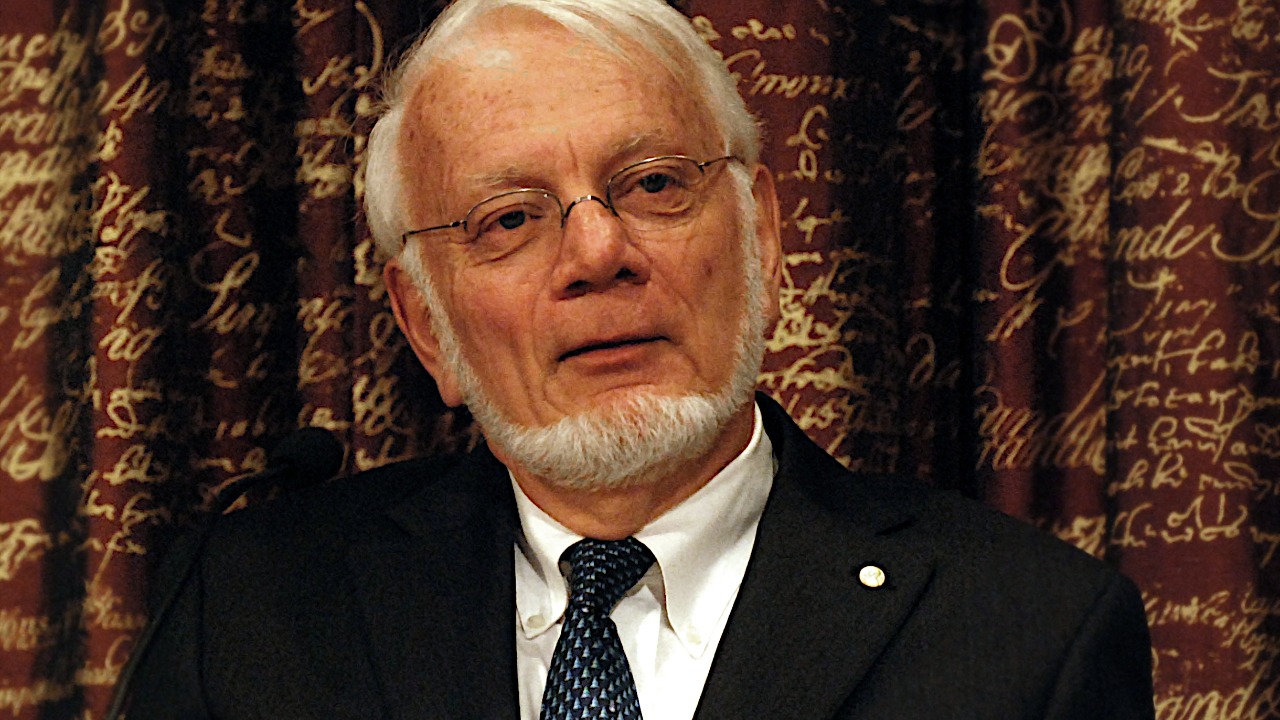
The 2025 Nobel Prize in Chemistry was awarded to three scientists—Susumu Kitagawa, Richard Robson, and Omar M. Yaghi—for their groundbreaking work on crystalline materials known as metal-organic frameworks (MOFs). These materials, which have been likened to a “Harry Potter-like” enchanted handbag that can hold vast volumes in tiny spaces, could revolutionize green technology by capturing carbon emissions and purifying water.
The Laureates and Their Contributions

Susumu Kitagawa, a Japanese chemist, made significant strides in the development of flexible MOFs. His methods allow these materials to adjust their pore sizes dynamically, enabling selective gas storage and separation. This innovation opens up new possibilities for energy-efficient technologies (The Conversation).
Richard Robson, an Australian chemist, laid the groundwork for MOFs in the 1990s. He pioneered the synthesis of these materials by linking metal ions with organic molecules, creating highly ordered crystalline structures with exceptional porosity (Bloomberg).
Omar M. Yaghi, a Jordanian-American chemist, advanced the field of reticular chemistry, which involves the design of MOFs with precise, customizable frameworks. His work has led to materials that can store more hydrogen or capture more CO2 than traditional methods allow (ETV Bharat).
Foundations of Metal-Organic Frameworks

MOFs are built by combining metal nodes with organic linkers to form porous crystals. This technique, first demonstrated by Richard Robson in the early 1990s, allows for surface areas up to 7,000 square meters per gram—equivalent to a football field in a sugar cube (The Tribune-Democrat).
In the 2000s, Susumu Kitagawa introduced “breathing” MOFs that expand and contract like lungs. This feature improves their efficiency for gas adsorption in real-world conditions (The Conversation).
Omar M. Yaghi coined the term “reticular chemistry” in 2004 to describe the systematic assembly of MOFs. This approach has enabled the creation of over 90,000 distinct structures tailored for specific functions (Live Science).
Harry Potter Analogy and Material Properties

The discovery of MOFs has been likened to the enchanted handbag from Harry Potter, which impossibly stores large objects in a small space. This analogy mirrors how MOFs achieve immense internal volume—up to 90% empty space—despite their compact external size (The Tribune-Democrat).
The “magical” properties of these materials stem from their nanoscale pores, which can trap gases like a sponge absorbs water. This feature has been vividly compared to wizardry in popular science reporting (Live Science).
Applications in Carbon Capture

The MOFs developed by the laureates can selectively capture CO2 from industrial emissions. Yaghi’s frameworks have demonstrated up to 40 times greater efficiency than conventional solvents in lab tests (The Conversation).
Kitagawa’s flexible MOFs are being adapted for direct air capture devices. These materials could potentially reduce the energy required for carbon sequestration by allowing reversible adsorption cycles (ETV Bharat).
Water Purification and Beyond

Robson’s early MOF designs have evolved into filters that remove heavy metals and microplastics from water. The pore sizes of these materials can be precisely tuned to block contaminants while allowing clean water to pass (Bloomberg).
Yaghi’s reticular approach enables the use of MOFs for desalination. These materials can extract salt from seawater more efficiently than reverse osmosis, addressing global water scarcity in arid regions (Live Science).
Broader Impacts on Green Energy

These crystal materials support hydrogen storage for fuel cells. MOFs can hold up to 7% hydrogen by weight under ambient conditions, far surpassing metal hydrides. This advancement aids the shift to clean energy vehicles (The Conversation).
The combined innovations of the laureates could cut greenhouse gas emissions by enabling scalable technologies for industries like shipping and aviation, where space-efficient storage is critical (The Tribune-Democrat).
The Award Ceremony and Recognition

The Nobel Prize announcement took place in Stockholm, Sweden, on October 8, 2025. The laureates—Susumu Kitagawa, Richard Robson, and Omar M. Yaghi—were recognized for transforming chemistry into a tool for sustainable development (Bloomberg).
Each recipient will receive a medal and a cash prize of 11 million Swedish kronor, shared equally, to further their research into environmentally friendly materials (ETV Bharat).